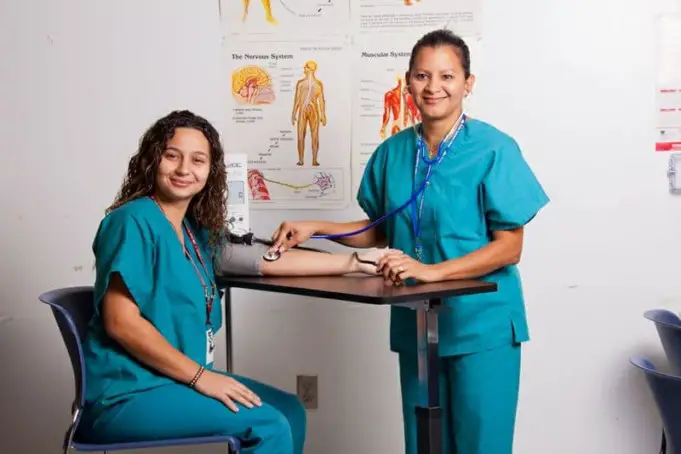As our understanding of the human body continuous to grow, so does the number of techniques we have to treat and repair.
New surgical techniques are constantly being invented and refined to heighten the chances of long-term recovery for patients. Here are five techniques that may revolutionize the way surgical medical centers work.
1. Image-Guided Radiation
Surgery to remove cancer has been one of the major techniques for preventing the growth of cancer. The problem is that surgeons can seldom remove every cancerous cell, which in turn can allow a small tumor to return as a larger one.
Surgeons are pairing image-guided radiation with surgery to eradicate a higher percentage of cancerous cells than surgical removal and other traditional methods can remove. Targeted radiation allows for doctor to remove a higher percentage of cancerous cells, which in turn creates a better outcome for the patient.
2. Telesurgery
The best surgeons are incredibly difficult to find. Some patients travel thousands of miles merely to find the most skilled hands.
Telesurgery is a new concept making it possible for the best surgeons to be anywhere in the world by using a robot to operate. Research into reducing the delay caused by large distances is making telesurgery far more viable today than it was in the past.
3. Antibiotics Instead of Surgery
Surgeons are often faced with the routine removal of the appendix. This surgery, while it has been turned into a routine day procedure, still takes a decent amount of time and effort that could be better used on more pressing surgical procedures.
Surgeons may be able to free up their schedules by allowing some patients to have their appendicitis cured by antibiotics. This could reduce the amount of appendectomies surgery centers perform dramatically.
4. 3D Printed Organs
Every person has organs that are slightly different than the next person’s organs. Understanding these subtle differences could vastly improve the success rates of some surgeries.
Surgeons are familiarizing themselves with the organs of patients by taking CT scans of organs and printing them with 3D printers. This is allowing surgeons to minimize the invasiveness of surgeries while avoiding complications that could harm patients.
5. Immunotherapy
Small-cell cancers like mesothelioma are notoriously difficult to treat. Surgery, chemotherapy, radiation and other traditional treatments still have very low success rates.
Surgeons are working to use the immune systems of patients to reduce the size of mesothelioma tumors. This is allowing them to more successfully eradicate the cancer via surgery. This new pairing of techniques could offer mesothelioma patients with substantially better long-term survival rates.
The Future of Surgical Techniques
Medical centers and ambulatory surgery centers like Nueterra will soon be able to offer their patients with vastly improved recovery rates, better long-term recovery rates, less invasive surgical procedures and the need for less tissue to be removed with just the techniques listed above.
More techniques are on the way that will improve the treatments that surgery medical centers can provide for patients.
New technologies, a better understanding of how new medicines work in synergy with surgical techniques and non-surgical alternatives paired with surgery will lead to these improvements.












